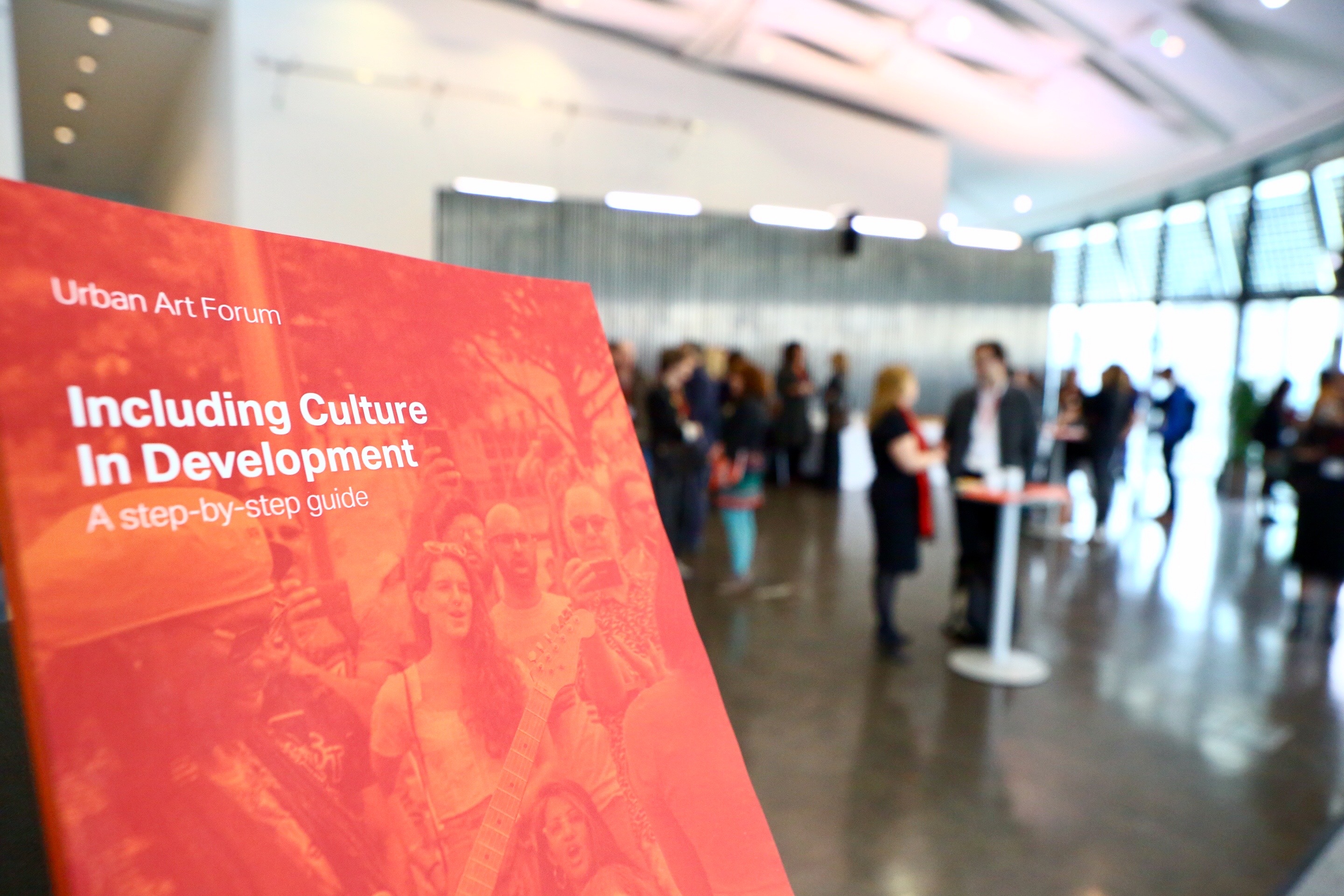
How do developers get maximum benefit from investment in culture? How do you find the right cultural partner to turn an obligation into a longterm shared success? The Urban Land Institute UK Urban Art Forum’s new publication, “Including Culture in Development – A Step by Step Guide,“ can help you get it right.
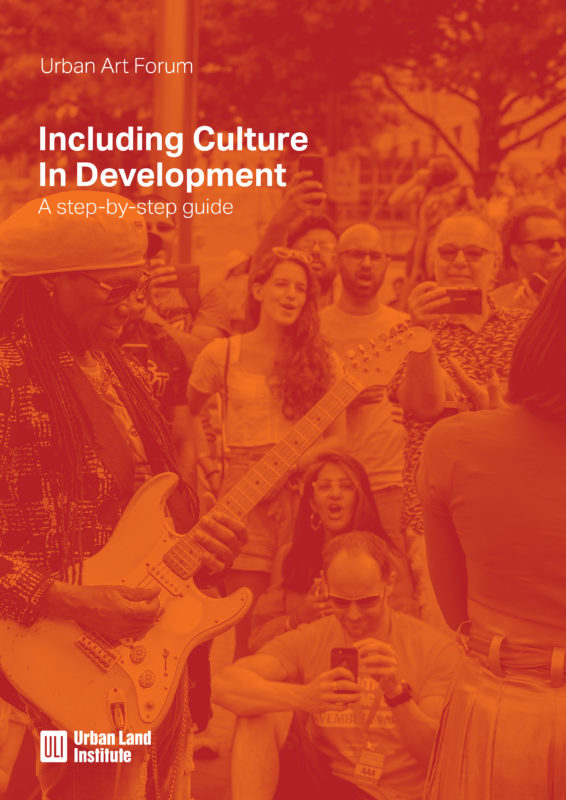
Launched 23 October at London City Hall, the guide provides clear and concise direction, along with effective six-step methodology, and assists developers of the built environment to help improve the creation and integration of quality public art and cultural infrastructure within their schemes. The guide was developed with significant contribution from Sherry Dobbin, Partner at Futurecity.
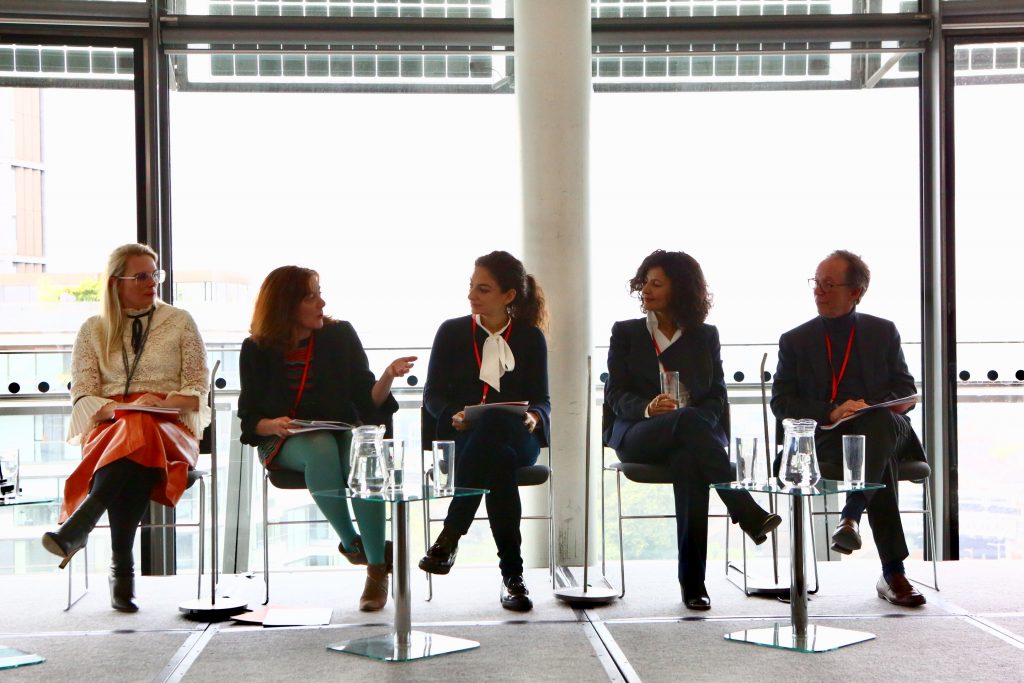
Pictured above: Rachael Roe (Great London Authority), Sherry Dobbin (Futurecity), Hala El Akl (PLP Architecture), Fatoş Üstek (Liverpool Biennal), Simon Silver (Derwent London Plc).
STEP 1 – Unify the priorities for you and your stakeholders for the impacts and characteristics of the development, to create a clear vision of a successful cultural strategy.
STEP 2 – Set benchmarks and measurements to evaluate success, build the business case for your cultural investment, meet policy requirements and optimise the development’s impact.
STEP 3 – Identify the type and duration of engagement experience that meets your measurements of success from meanwhile pop-ups to permanent cultural infrastructure.
STEP 4 – Understand the financial, human and physical resources available to identify the right cultural opportunity and attract the right cultural partner.
STEP 5 – Turn your vision, objectives and resources in to a clear brief to identify the right creative professional to turn your opportunity into an exciting creative proposal.
STEP 6 – The last step in identifying the right match of cultural opportunity and artist is working with the cultural professional to complete the cultural brief.
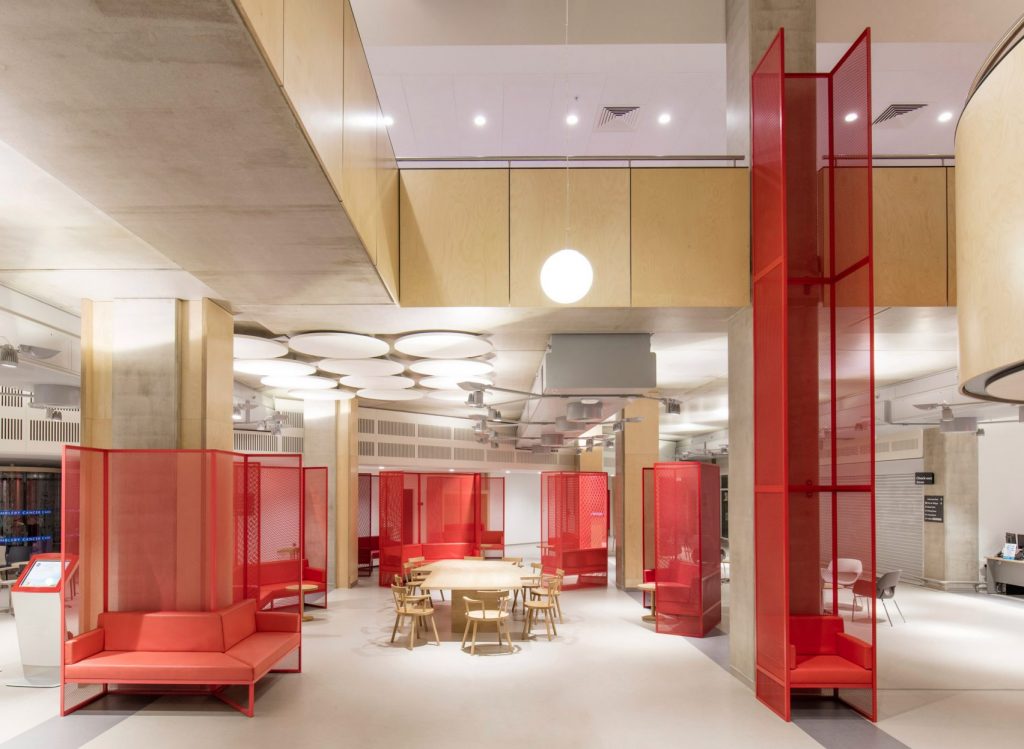
STEP 1 – Futurecity’s Arts Programme for Cancer Centre at Guy’s Hospital aligned a range of stakeholders including patients, health professionals, artists & design teams under a shared vision to transform the experience of those undergoing cancer treatment through high-quality, specially commissioned culture.

STEP 2 – At Wembley Park, Futurecity’s Cultural Placemaking Strategy provided a clear understanding of how culture could support perception change, community and political relations, and place experience helped offer a framework for cultural commissioning.
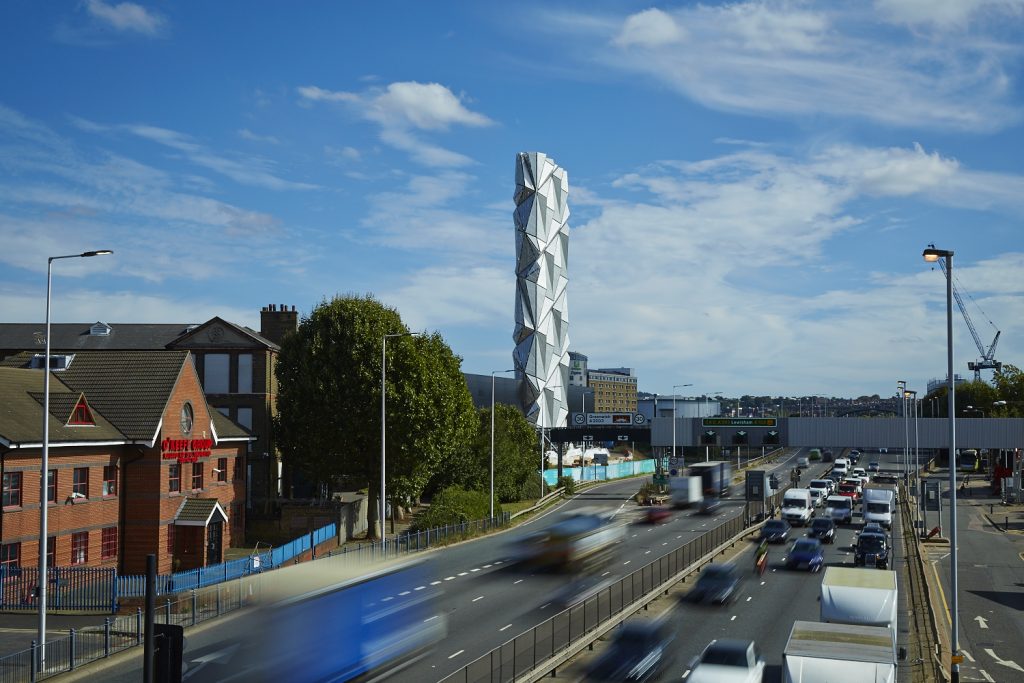
STEP 3 – At Greenwich Peninsula, Futurecity has delivered a range of interventions, from events such as Shunt’s residency at the Jetty, to statement artworks like Optic Cloak by Conrad Shawcross RA, through to long-term cultural infrastructure concepts like P5K, which became The Tide.
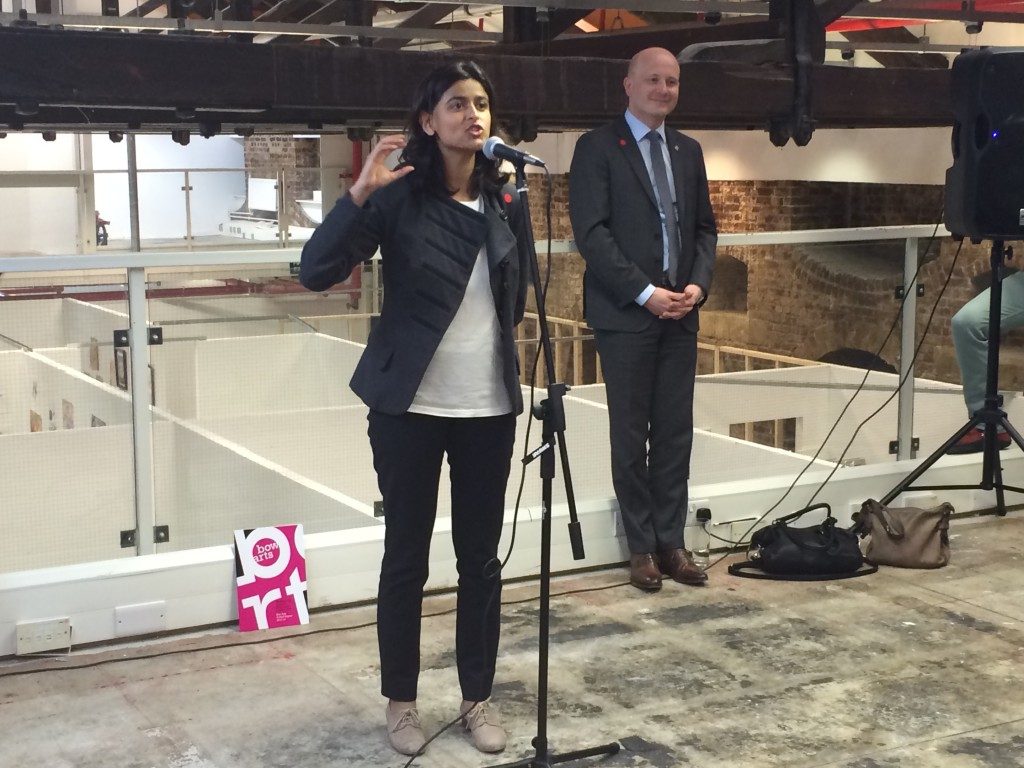
STEP 4 – At London Dock, Futurecity helped identify the Grade II listed Pennington Street Warehouse as suitable home for 90 affordable artists’ studios and brokered a relationship with Bow Arts Trust to manage the space.
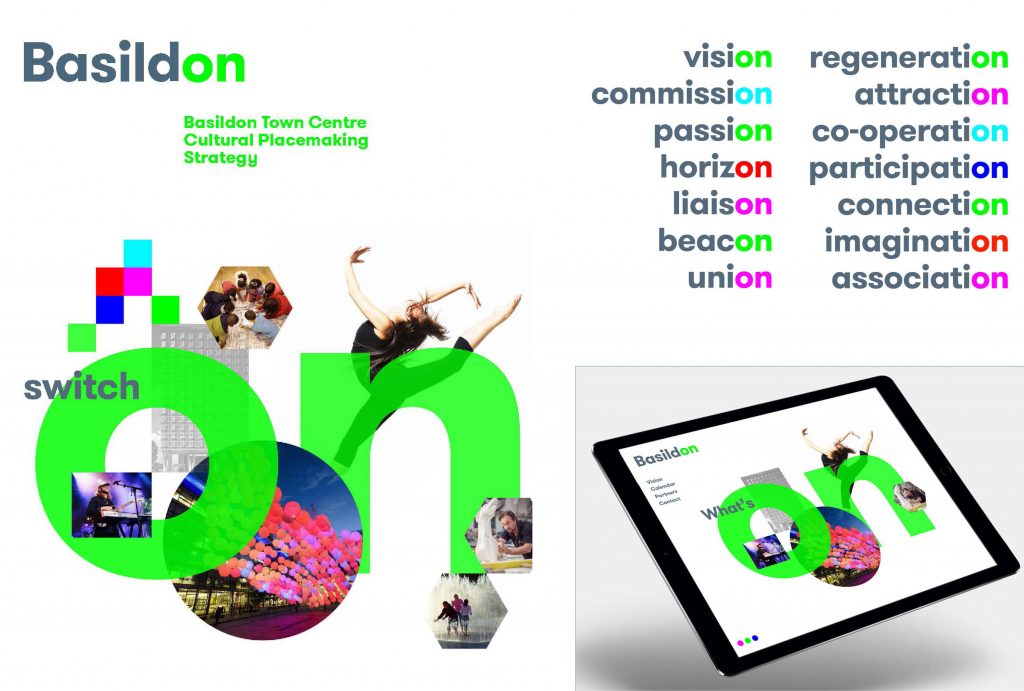
STEP 5 – As part of the Basildon Cultural Placemaking Strategy, Futurecity identified three socially engaged arts practices that could help deliver a programme of community-led activation, they included Things Made Public who have gone on to spearhead multiple transformative programmes in the town.
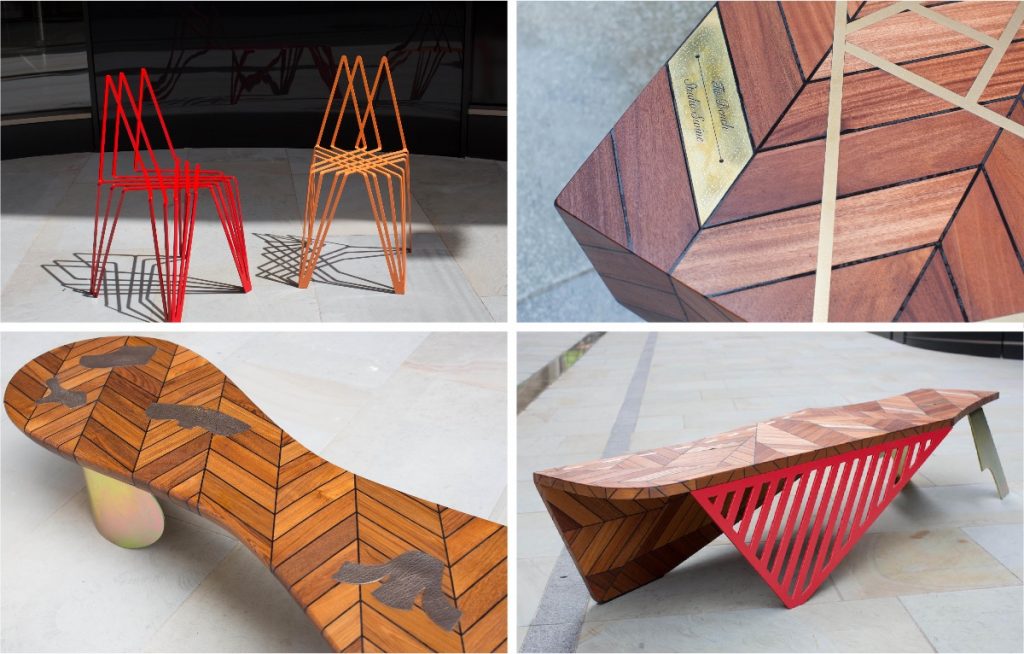
STEP 6 – At St. James’s Market, a series of Futurecity art commissions with David Thorpe, Studio Weave and Studio Swine drew on the area’s historic reputation for master craftsmanship, contemporary art and best in class retail in order to create unique installations for the space.
